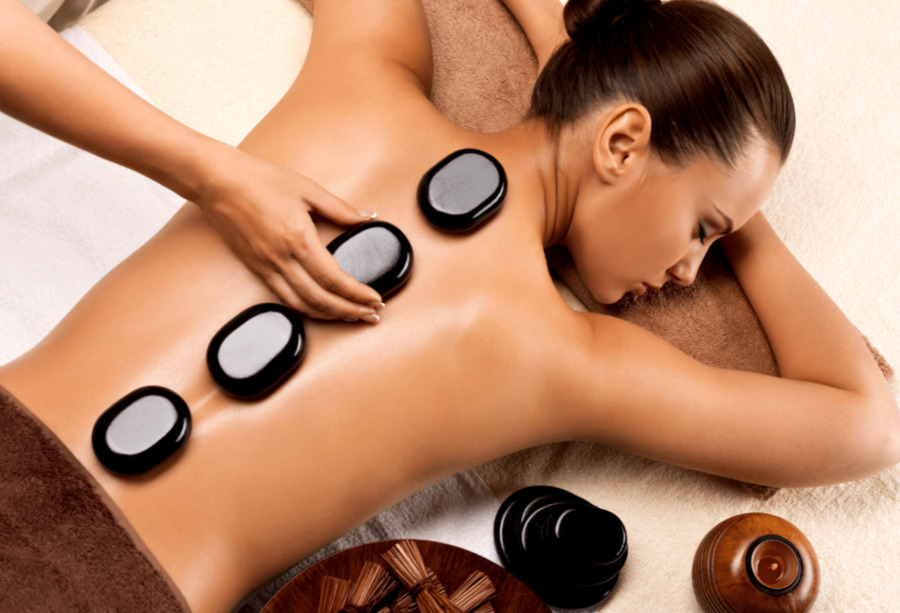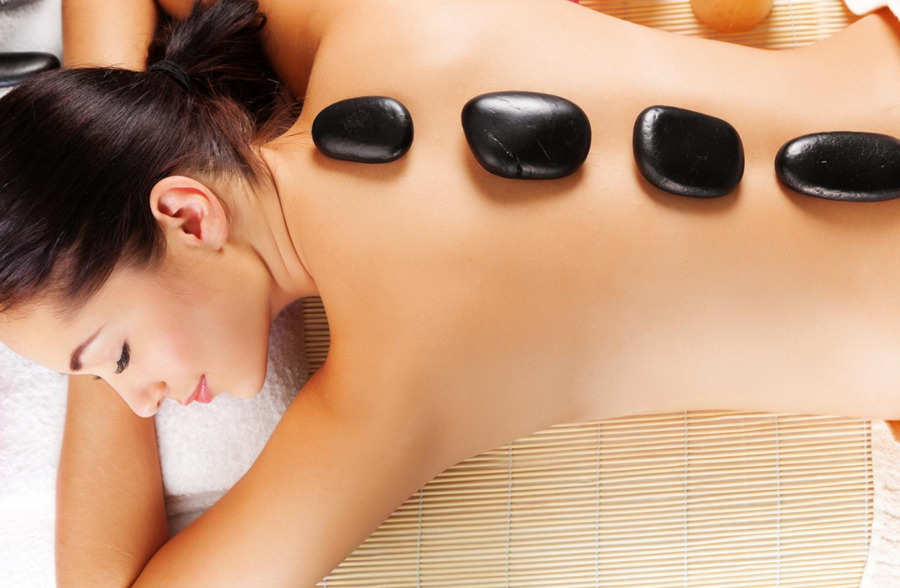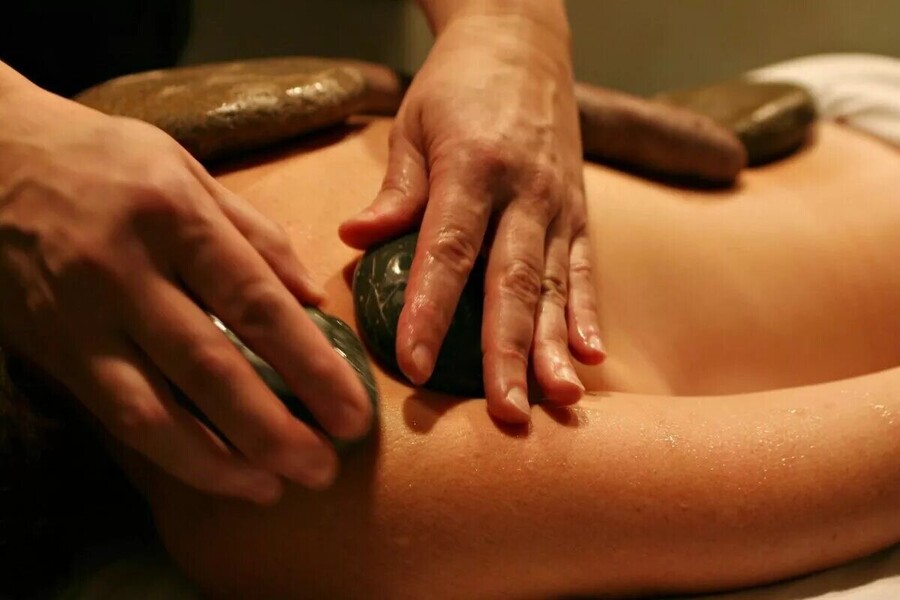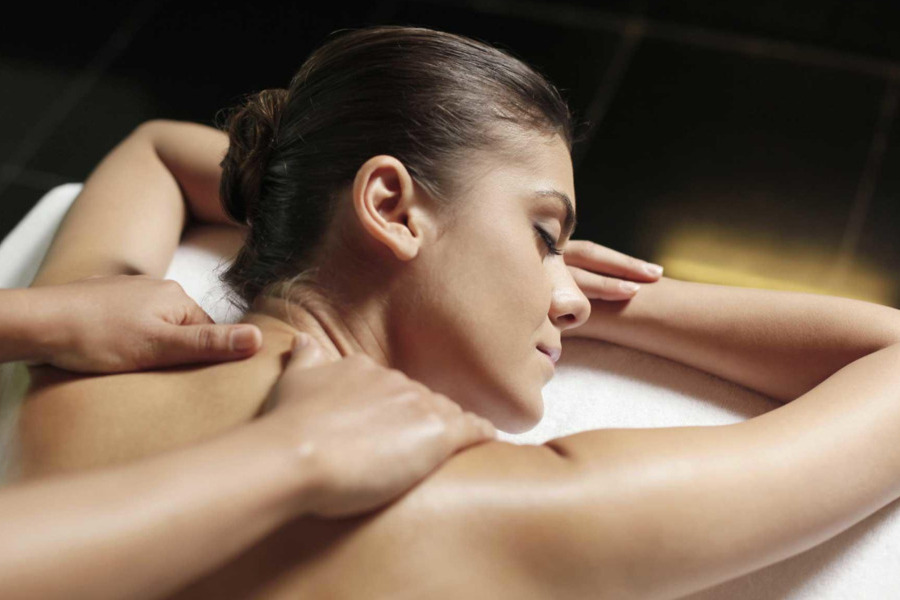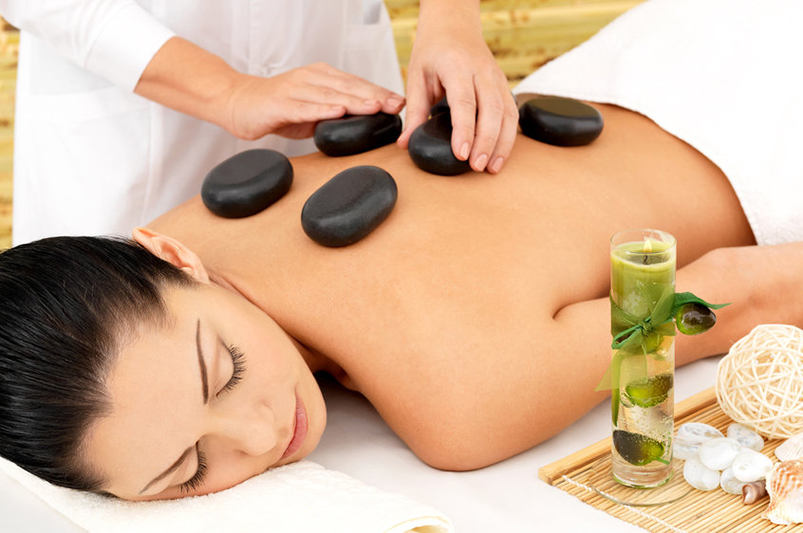Hot stone massage, a therapeutic technique dating back centuries, has been revered for its ability to soothe the body, calm the mind, and restore balance to the spirit. Originating from diverse cultural traditions, this ancient healing art has transcended time and geography, becoming a beloved treatment in modern wellness practices worldwide. This comprehensive exploration delves into the rich history, therapeutic benefits, global popularity, and contemporary application of hot stone massage.
Page Content
History and Origins
The origins of hot stone massage can be traced back to ancient civilizations across the globe, where heated stones were utilized for their healing properties. In Asia, particularly in China and India, hot stone therapy was integrated into traditional medicine practices thousands of years ago. Healers believed that the warmth of the stones helped to stimulate energy flow, alleviate pain, and promote overall wellness. Similarly, indigenous cultures in North America, such as the Native Americans, utilized hot stones in their healing ceremonies, recognizing their profound ability to harmonize the body and spirit.
Varieties of Stones
Hot stone massage typically employs smooth basalt stones, chosen for their ability to retain heat and their smooth texture, which allows for seamless gliding over the body. These volcanic stones are heated in water to a specific temperature before being placed on key energy points along the body or used to massage tense muscles. Additionally, some practitioners may incorporate other types of stones, such as marble or river rocks, to provide contrast therapy and enhance the therapeutic effects of the treatment.
Global Expansion and Popularity
In recent decades, hot stone massage has experienced a surge in popularity worldwide, becoming a staple offering in spas, wellness centers, and massage therapy practices. Its reputation for inducing deep relaxation, reducing muscle tension, and promoting detoxification has contributed to its widespread adoption in diverse cultural contexts. From luxury resorts in tropical paradises to urban retreats in bustling metropolises, hot stone massage has become synonymous with rejuvenation and holistic wellness.
Technique and Procedure
The technique of hot stone massage involves a meticulous process of heating the stones to a precise temperature and strategically placing them on the body to target specific areas of tension and discomfort. The therapist may use a combination of Swedish massage strokes and gentle pressure with the heated stones to promote relaxation and enhance circulation. The soothing warmth of the stones penetrates deeply into the muscles, melting away tension and stress, while the rhythmic movements lull the mind into a state of tranquility.
Aftercare Recommendations
Following a hot stone massage session, it’s essential to prioritize self-care to prolong the benefits of the treatment. Hydration is key, as drinking plenty of water helps to flush out toxins released during the massage and prevents dehydration. Taking time to rest and relax allows the body to fully integrate the therapeutic effects of the massage, promoting a sense of well-being and renewal. Additionally, applying heat packs to areas of residual tension and practicing gentle stretching exercises can help to alleviate muscle soreness and stiffness further.
Variations and Unique Approaches
While the basic principles of hot stone massage remain consistent, various practitioners may incorporate unique approaches and techniques into their practice. Some may integrate aromatherapy oils or incorporate sound therapy to enhance the sensory experience, while others may focus on energy balancing or chakra alignment during the treatment. Additionally, the placement and sequence of the stones may vary depending on the therapist’s training and the individual client’s needs and preferences.
Contraindications and Precautions
While hot stone massage is generally safe for most individuals, there are certain contraindications and precautions to consider. Individuals with certain medical conditions, such as cardiovascular issues, diabetes, or skin sensitivities, should consult with a healthcare professional before undergoing a hot stone massage. Pregnant women should also exercise caution, as the heat from the stones could potentially affect fetal development. Additionally, individuals with sensory impairments or those who are prone to burns should communicate their concerns with the therapist to ensure a safe and comfortable experience.
Hot Stone Massage in the UAE
In the United Arab Emirates (UAE), hot stone massage is readily available at esteemed wellness destinations such as WestBay Spa. With a team of experienced therapists trained in the art of hot stone therapy, WestBay Spa offers tailored massage sessions designed to promote relaxation, alleviate muscle tension, and enhance overall well-being. Clients can choose from a variety of session lengths, ranging from 60 to 90 minutes, to experience the full benefits of hot stone massage in a tranquil and luxurious setting. Whether seeking relief from stress, muscle soreness, or simply a moment of pure relaxation, a hot stone massage at WestBay Spa promises to rejuvenate the body, mind, and spirit.
Skydiver, tattoo addict, guitarist, Eames fan and screen printer. Producing at the intersection of minimalism and sustainability to create great work for living breathing human beings. I’m a designer and this is my work.
